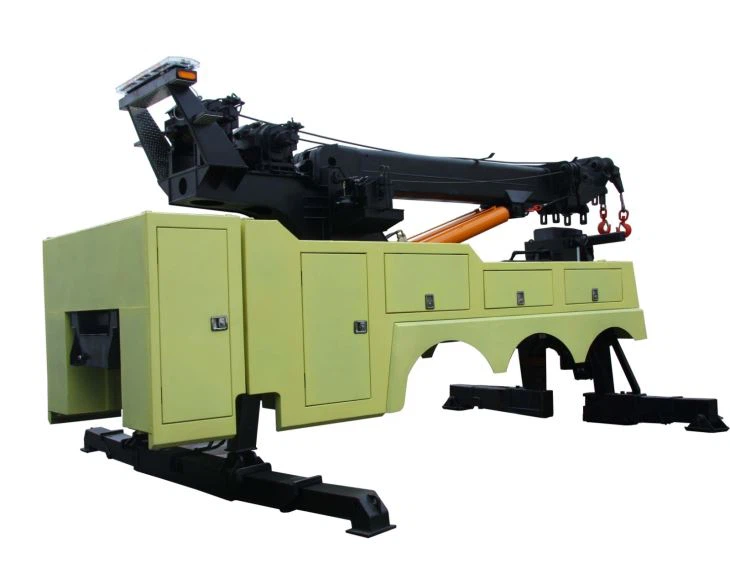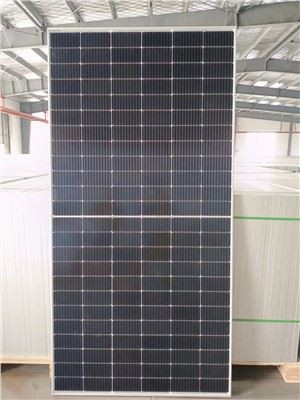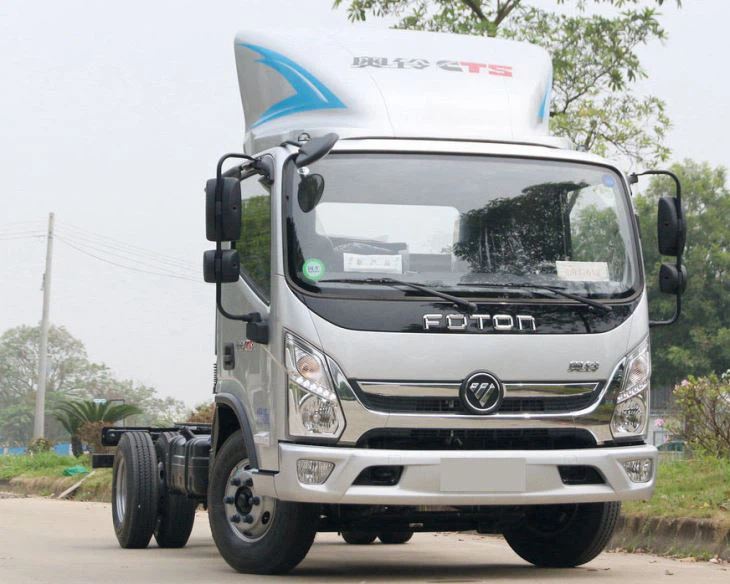Front Loader Refuse Trucks: A Comprehensive Guide

In the world of waste management, front loader refuse trucks play a pivotal role in the efficient collection of waste, recycling, and debris. Their innovative design and powerful capabilities make them a preferred choice for municipalities and commercial waste management companies. This article delves into the various aspects of front loader refuse trucks, including their features, benefits, types, and much more.
Understanding Front Loader Refuse Trucks
What Are Front Loader Refuse Trucks?
Front loader refuse trucks are specialized vehicles designed for the efficient collection of waste materials from curbside bins or containers. They feature a front-loading mechanism that allows operators to lift and dump waste bins into the truck using hydraulic arms.
Key Components of Front Loader Refuse Trucks
- Cab: The operator’s area, designed for comfort and visibility.
- Chassis: The main supporting structure that houses components like the engine and suspension.
- Loader Arms: Hydraulic arms used for lifting and dumping waste containers.
- Bin Lift: Mechanism for lifting bins to dump their contents into the truck.
- Compaction System: Compresses waste to maximize space within the truck.
- Dumping Mechanism: Mechanism that allows the truck to unload its cargo at disposal sites.
The Benefits of Using Front Loader Refuse Trucks
Efficiency in Waste Collection
Front loader refuse trucks streamline the waste collection process, allowing for quicker and more effective service. The hydraulic arms can lift heavy bins easily, reducing the time spent collecting waste.
Enhanced Capacity
These trucks typically have a larger payload capacity, allowing for more waste to be collected in a single trip. This reduces the number of trips needed to disposal sites, saving time and fuel costs.
Greater Maneuverability
With their compact design, front loader refuse trucks can navigate narrow streets and tight spaces, making them ideal for urban environments where collection routes may be cramped.
Durability and Reliability
Front loader refuse trucks are built with robust materials to withstand the rigors of daily waste collection. Their long service life and low maintenance needs make them a wise investment for waste management companies.
Environmental Impact
Many front loader refuse trucks now come with eco-friendly features, such as advanced engines that reduce emissions, contributing to a cleaner environment.
Types of Front Loader Refuse Trucks
Conventional Front Loader Trucks
Conventional models are widely used for standard waste collection. Their simplicity in design makes them easy to operate and maintain.
Automated Front Loader Trucks
These trucks are equipped with advanced technology that allows for remote operation, enhancing safety and efficiency. They often come with features like cameras and sensors for improved monitoring.
Specialized Front Loader Trucks
Some models are tailored for specific applications, such as heavy-duty waste collection or recycling. These specialized trucks may have unique configurations to handle particular types of waste.
How to Choose the Right Front Loader Refuse Truck

Determine Your Needs
Evaluate the volume of waste you need to collect regularly, as well as the types of waste involved. This will help you choose a model that meets your operational requirements.
Assess Payload Capacity
Ensure that the truck you select has the appropriate payload capacity for your waste collection needs. Truck specifications like cubic yard capacity and weight limits are crucial factors to consider.
Consider the Features
Look for features that enhance efficiency, such as the power of the compaction system, ease of operation, and safety features like cameras and alarms.
Evaluate Cost and Warranty
Compare prices among different manufacturers and models. Consider the warranty and support services offered, as this can significantly impact your overall cost of ownership.
Check Reviews and Ratings
Research customer reviews and ratings for the models you are considering. Feedback from current users can provide valuable insights into performance and reliability.
Operating a Front Loader Refuse Truck
Pre-Operational Checks
Before starting any collection route, conduct a thorough inspection of the truck. This should include checking fluid levels, tire conditions, and functioning of all hydraulic systems.
Safety Protocols
Ensure that safety protocols are in place, such as wearing seat belts, using safety reflectors, and following traffic rules. Regular safety training sessions for operators can also minimize workplace accidents.
Loading Techniques
Using the hydraulic arms effectively is crucial for maximizing efficiency and safety. Operators should be trained on the proper loading techniques to avoid damage to bins and ensure safe operations.

Maintenance Tips for Front Loader Refuse Trucks
Regular Inspections
Schedule regular inspections to identify and resolve any issues before they escalate. Pay special attention to hydraulic systems, brakes, tires, and engine performance.
Fluid Maintenance
Regularly check and change fluids as needed, including engine oil, transmission fluid, and hydraulic fluid. Maintaining proper fluid levels is critical for the longevity of the truck.
Cleaning and Washing
Keep the truck clean to prevent rust and deterioration. Regular washing and removal of debris can help maintain its appearance and operation.
Cost Considerations for Front Loader Refuse Trucks
Initial Purchase Price
The price of front loader refuse trucks can vary significantly based on brand, model, features, and specifications. Typically, the cost can range from $200,000 to $300,000.
Operating Costs
Consider costs such as fuel, maintenance, insurance, and training for operators. Calculating these costs will give you a clearer picture of the total cost of ownership.
Financing Options
If the initial purchase price is a concern, explore financing options, including loans and leases that can make acquiring the truck more manageable.
Practical Examples of Front Loader Refuse Truck Use
Municipal Waste Collection
Many cities use front loader refuse trucks for curbside collection of residential and commercial waste. Their capacity allows for efficient service in busy urban areas.
Construction and Demolition Sites
Front loaders can handle heavy debris from construction and demolition sites. Their durability and capacity make them ideal for managing large quantities of waste.
Recycling Operations
Some models are adapted for recycling purposes, helping to collect separated recyclables efficiently while maintaining sustainable practices.
Front Loader Refuse Truck Innovations
Technological Advancements

Recent innovations in technology, including GPS tracking systems and automated loading, are enhancing the efficiency of front loader refuse trucks. These improvements facilitate better route planning and waste collection accuracy.
Fuel Efficiency Improvements
Newer models are designed with fuel efficiency in mind, often featuring hybrid or alternative fuel options to reduce environmental impact and operational costs.
Frequently Asked Questions (FAQs)
What is the average lifespan of a front loader refuse truck?
On average, front loader refuse trucks can last between 10 to 15 years, depending on maintenance and usage.
Are front loader refuse trucks suitable for residential areas?
Yes, front loader refuse trucks are designed to navigate residential streets and can effectively manage curbside waste collection.
What types of waste can front loader refuse trucks handle?
These trucks are capable of handling a variety of waste types, including general refuse, recycling materials, and construction debris.
How often should front loader refuse trucks be serviced?
Regular service should be performed every 3,000 to 5,000 miles or as per the manufacturer’s recommendations, focusing on critical components.
Can front loader refuse trucks be customized?
Yes, many manufacturers offer customization options to suit specific waste management needs, including different sizes and added features.
What are the safety features of modern front loader refuse trucks?
Modern trucks often include safety features like backup cameras, alarms, reinforced cabs, and enhanced visibility for the operator to prevent accidents.
